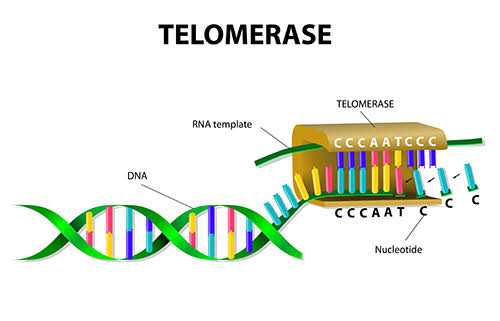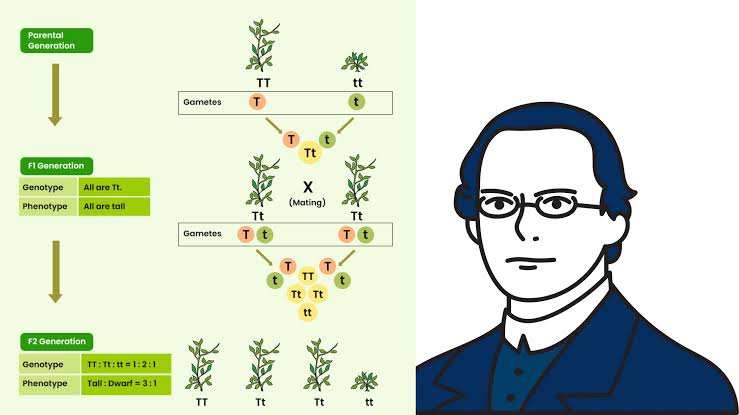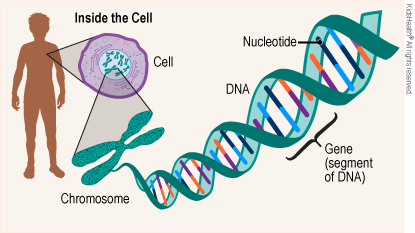
Understanding Genetic Syndromes
Genetic syndromes are conditions caused by abnormalities in an individual’s DNA. These abnormalities can arise from chromosomal changes, mutations, or deletions. Below is a detailed examination of the causes and features of several genetic syndromes.
1. Down Syndrome
Cause:
Down syndrome, also known as Trisomy 21, is primarily caused by the presence of an extra copy of chromosome 21. This can occur due to nondisjunction during meiosis, where chromosomes fail to separate properly.
Features:
Individuals with Down syndrome typically exhibit:
- Distinctive facial features such as a flat facial profile, slanted eyes, and a short neck.
- Hypotonia (decreased muscle tone) at birth.
- A single transverse palmar crease (simian line).
- Increased risk for congenital heart defects.
- Developmental delays and intellectual disability ranging from mild to moderate.
2. Edwards Syndrome
Cause:
Edwards syndrome, or Trisomy 18, occurs when there is an extra copy of chromosome 18 due to nondisjunction during cell division.
Features:
Characteristics include:
- Severe developmental delays and intellectual disability.
- Low birth weight and growth deficiencies.
- Distinctive physical features such as a small head (microcephaly), clenched fists with overlapping fingers, and rocker-bottom feet.
- Congenital heart defects are common.
- Life expectancy is significantly reduced; many infants do not survive past their first year.
3. Patau Syndrome
Cause:
Patau syndrome, or Trisomy 13, results from an additional copy of chromosome 13 due to nondisjunction.
Features:
Common features include:
- Severe intellectual disability and developmental delays.
- Physical anomalies such as cleft lip/palate, polydactyly (extra fingers or toes), and microcephaly.
- Heart defects are prevalent among affected individuals.
- Many infants with Patau syndrome do not survive beyond the first few months of life.
4. Klinefelter Syndrome
Cause:
Klinefelter syndrome occurs in males who have one or more extra X chromosomes (most commonly XXY). This condition arises from nondisjunction during meiosis in either parent.
Features:
Individuals may exhibit:
- Tall stature with long limbs.
- Reduced testosterone levels leading to hypogonadism (underdeveloped testes).
- Gynecomastia (breast tissue development).
- Learning difficulties and language delays are common but vary widely among individuals.
5. Triple X Syndrome
Cause:
Triple X syndrome occurs when females have an extra X chromosome (XXX). This condition is usually due to nondisjunction during meiosis.
Features:
Characteristics may include:
- Taller than average height compared to peers.
- Normal fertility but may have some menstrual irregularities.
- Mild learning disabilities or delayed speech development in some cases.
- Most individuals lead normal lives without significant health issues.
6. Turner Syndrome
Cause:
Turner syndrome affects females who have only one complete X chromosome (45,X) instead of two sex chromosomes. It typically results from nondisjunction during gamete formation.
Features:
Common features include:
- Short stature and delayed growth.
- Ovarian insufficiency leading to infertility and lack of secondary sexual characteristics at puberty.
- Heart defects such as coarctation of the aorta are common.
- Webbed neck and low-set ears may be present.
7 (a) Angelman Syndrome
Cause:
Angelman syndrome is caused by the loss of function of the UBE3A gene on chromosome 15, which can occur due to deletion or mutation inherited from the mother or paternal uniparental disomy.
Features: Individuals often display:
- Severe developmental delay and intellectual disability.
- Speech impairment; many do not develop functional speech.
- Ataxia (problems with movement) and tremors are common.
- Characteristic happy demeanor with frequent laughter and smiling.
(b) Prader-Willi Syndrome
Cause:
Prader-Willi syndrome results from the loss of function of genes on the paternal allele of chromosome 15 due to deletion or uniparental disomy where both copies come from the mother.
Features: Key characteristics include:
- Hypotonia at birth followed by obesity in childhood due to insatiable appetite (hyperphagia).
- Developmental delays and learning difficulties are common.
- Behavioral problems including temper tantrums may occur.







